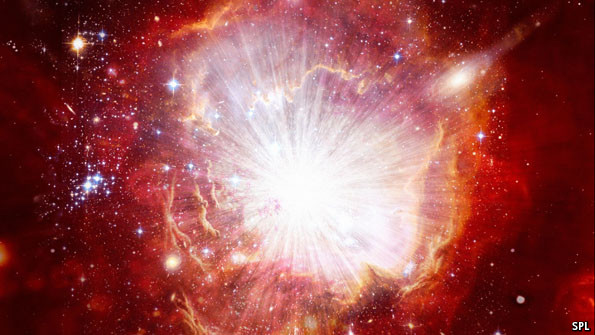Twin probes discover ‘zebra stripe’ pattern in Earth’s inner radiation belt
Artist illustration of the Van Allen Probes which are helping scientists study two giant belts of radiation around Earth. Image credit: NASA Goddard Space Flight Center By Jenny Winder | 22 March 2014 (Sen) – Scientists, using data from the twin NASA Van Allen Probes, have discovered a new, persistent pattern in Earth’s inner radiation …
Twin probes discover ‘zebra stripe’ pattern in Earth’s inner radiation belt Read More »





